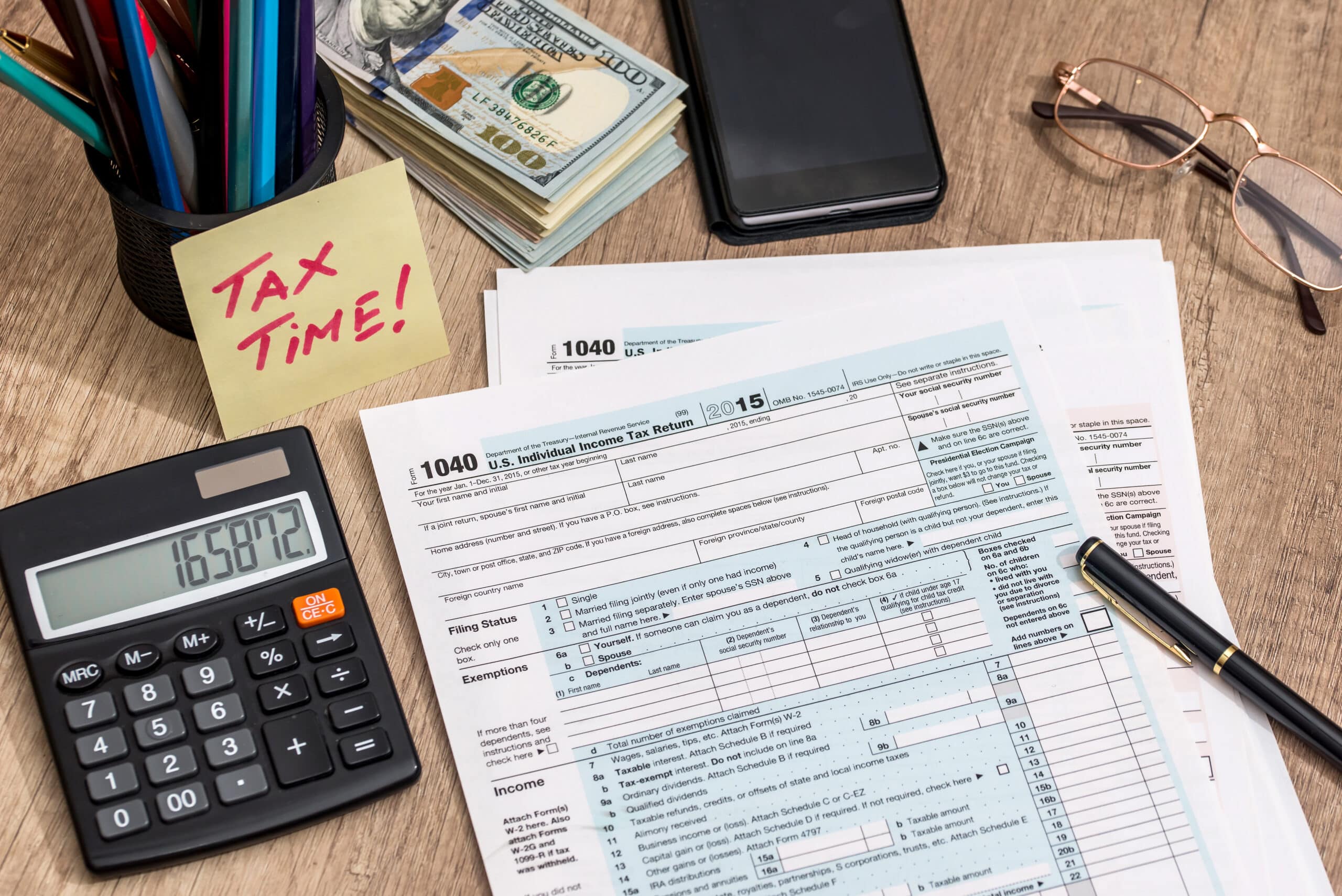News headlines announcing a $1910 direct deposit for all taxpayers in April 2024 have grabbed attention, but it’s important to navigate this information with a critical eye. The Internal Revenue Service (IRS) has not officially confirmed any such program.
This article delves deeper, exploring the details surrounding this proposed initiative, including eligibility criteria (if available), potential payment dates, and the current status of the proposal.
Is There Really a $1910 Direct Deposit Coming?
As of today, there is no official information from the IRS regarding a $1910 direct deposit for taxpayers in April 2024. The proposal seems to stem from discussions about addressing income inequality in the United States.
The provided articles speculate that the initiative aims to support low- and middle-income earners. However, crucial details like income thresholds, filing requirements, and exact amounts remain shrouded in uncertainty.
Income Inequality in the US: A Cause for Concern
The articles highlight the growing concern about income inequality in the U.S. They cite a survey suggesting the top 1% of earners contribute a significant portion of total tax returns, raising questions about wealth distribution.
Direct deposit programs like the one proposed could be a potential solution to mitigate income inequality. By providing financial assistance to qualified taxpayers, these programs could help families afford basic necessities and improve their overall well-being.
Unconfirmed Details of the Proposed Program
Here’s a breakdown of the details mentioned in the articles, emphasizing that these are not confirmed by the IRS:
- Target Beneficiaries: The program would supposedly target most taxpayers who meet specific income criteria established by the IRS.
- Potential Income Limits: The articles suggest income limits of $75,000 for single filers and $150,000 for married couples filing jointly. However, these figures lack official confirmation.
- Proposed Payment Amounts: The proposed direct deposit amount is mentioned as $1910, with potentially reduced benefits for those with higher incomes within the qualifying range. The articles also suggest increased benefits for eligible taxpayers with children.
- Eligibility Criteria (Unconfirmed): Age limitations of 19 to 65 years are mentioned, along with a minimum residency requirement of 10 years in the U.S. Additionally, previous tax filing history may be considered.
Uncertainties Remain: What We Don’t Know

Several crucial details remain unaddressed:
- Official Announcement: The IRS hasn’t made any official announcements regarding the program.
- Application Process: The articles state that no application would be required, but confirmation is needed.
- Payment Dates: The projected timeline for disbursement (alongside tax returns filed before October 15th, 2023) lacks official backing.
Recommended Actions for Taxpayers
Given the lack of official confirmation, taxpayers should exercise caution and rely on information from trusted sources like the IRS website (https://www.irs.gov/). Here’s how to stay informed:
- Monitor IRS Website: Regularly check the IRS website for any updates or announcements regarding a direct deposit program.
- Contact IRS: If you have questions, you can contact the IRS through their official website or by calling their toll-free number.
- Beware of Scams: Be wary of scams that might try to exploit the anticipation surrounding this unconfirmed program. Don’t share personal information or financial details based on unofficial sources.
The Need for Transparency and Clear Communication
The lack of official confirmation from the IRS creates a situation of uncertainty for taxpayers. Without clear communication, there’s a risk of confusion, misinformation, and even potential scams.
Taxpayers who might benefit from such a program are understandably eager for details. The IRS should prioritize clear and timely communication to address these concerns. This could involve:
- Issuing an official statement: The IRS should definitively confirm or deny the existence of a proposed direct deposit program.
- Providing program details: If the program exists, the IRS should clearly outline eligibility criteria, income thresholds, and payment details.
- Establishing a communication channel: A dedicated webpage or hotline could be established to answer taxpayer questions and provide updates on the program’s status.
Potential Benefits of a Direct Deposit Program
While the specifics of the proposed program remain unconfirmed, the concept of targeted financial assistance to address income inequality holds merit. Here are some potential benefits:
- Increased Financial Security: A direct deposit could provide a much-needed financial boost to low- and middle-income earners. This could help them cover essential expenses, reduce debt, and improve their financial security.
- Stimulating the Economy: Increased disposable income for a significant portion of the population could stimulate the economy. Consumers might spend more, boosting businesses and potentially leading to job creation.
- Reduced Income Inequality: By providing targeted financial assistance, the program could help narrow the gap between the rich and the poor. This could lead to a more equitable society with greater opportunities for all.
Potential Challenges and Considerations
While the proposed program offers potential benefits, there are also challenges and considerations to be addressed:
- Program Cost and Funding: A nationwide direct deposit program could be very expensive. The source of funding and its impact on the national budget would need careful consideration.
- Program Design and Targeting: Effectively designing and targeting a program to reach those who need it most is crucial. Ensuring fairness and avoiding unintended consequences would be important.
- Long-Term Solutions: While a direct deposit could provide temporary relief, it’s important to consider long-term solutions to address income inequality. This might involve policies that promote job creation, wage growth, and affordable housing.

